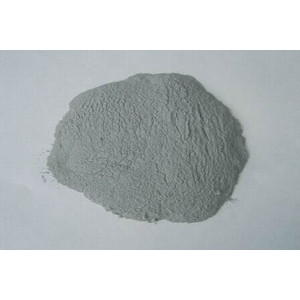| Middle East Engineering Company |

| No Title | 0.02 MB |
| Registration Date | 18 Nov 2020 |
| Revision Date | 18 Nov 2020 |
| Share |
Construction Masonry Materials
Concrete AdditiveContains nanoparticles with dimensions less than 50 nm Physical state: powdery enhancing compressive strength reducing penetration of water, chlorine ions, sulfur and other harmful chemicals increasing concrete durability
Concrete which is one of the most widely used building components is made of any material or compound that consists of a cementitious adhesive. The main feature of concrete is the cheapness and availability of raw materials. Production of various types of concrete is done using heat, steam, autoclave, air discharge, vibration, hydraulic pressure and mold. Concrete is usually made of cement, water and gravel, and various types of additives are used to improve its properties. Admixture in the form of powder or liquid, as one of the components of concrete, is added shortly before mixing or during mixing of concrete components. Additives are divided into two groups, chemical and mineral. A number of new materials that are able to improve the mechanical and physical properties of concrete are nanomaterials. Nanomaterials, having very small dimensions, can increase the properties of concrete, including compressive strength. While concrete does not have significant tensile strength, the compressive strength of concrete is an important parameter in determining the performance of materials during the service life. Compressive strength is defined as the ability of a material or structure to withstand loads without the occurrence of any cracks or deformations. Other engineering properties of hard concrete include elastic modulus, tensile strength, creep coefficients, density and coefficient of thermal expansion. Compressive strength of concrete is the most important parameter used in the design of concrete structures, and structural engineers use compressive strength to model various properties such as tensile strength, and to predict the flexural and shear capacity of components. Other structural properties such as ductility and stiffness can also be defined as a function of compressive strength.